Alexey Kashevnik
Towards Blockchain-based Multi-Agent Robotic Systems: Analysis, Classification and Applications
Jul 17, 2019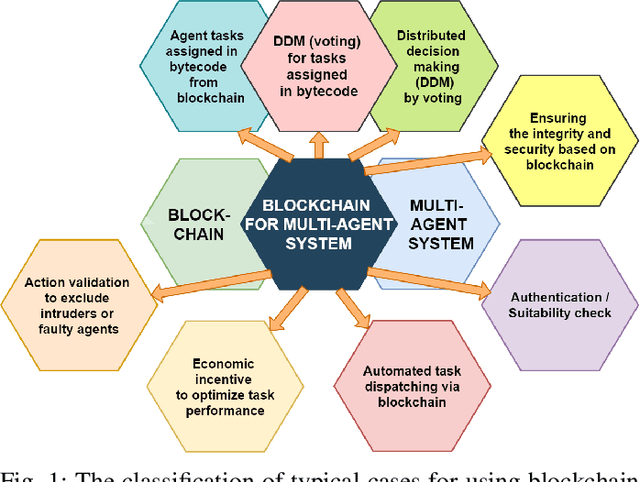
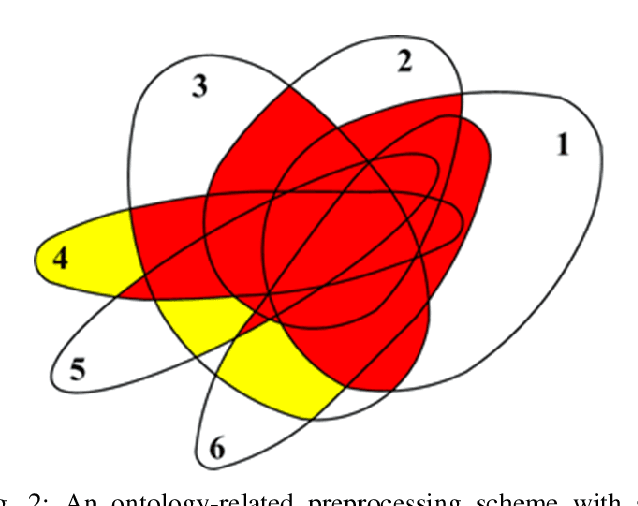
Abstract:Decentralization, immutability and transparency make of Blockchain one of the most innovative technology of recent years. This paper presents an overview of solutions based on Blockchain technology for multi-agent robotic systems, and provide an analysis and classification of this emerging field. The reasons for implementing Blockchain in a multi-robot network may be to increase the interaction efficiency between agents by providing more trusted information exchange, reaching a consensus in trustless conditions, assessing robot productivity or detecting performance problems, identifying intruders, allocating plans and tasks, deploying distributed solutions and joint missions. Blockchain-based applications are discussed to demonstrate how distributed ledger can be used to extend the number of research platforms and libraries for multi-agent robotic systems.
Blockchain Solutions for Multi-Agent Robotic Systems: Related Work and Open Questions
Mar 26, 2019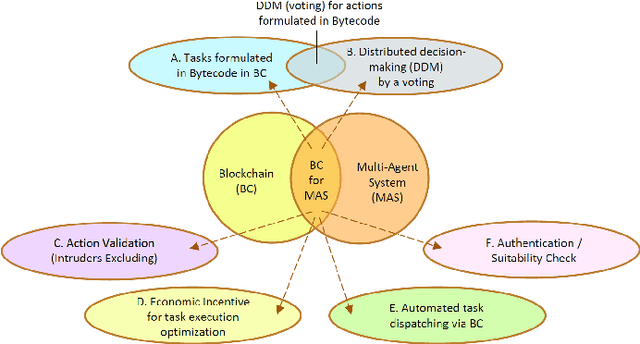
Abstract:The possibilities of decentralization and immutability make blockchain probably one of the most breakthrough and promising technological innovations in recent years. This paper presents an overview, analysis, and classification of possible blockchain solutions for practical tasks facing multi-agent robotic systems. The paper discusses blockchain-based applications that demonstrate how distributed ledger can be used to extend the existing number of research platforms and libraries for multi-agent robotic systems.
Ontology-Based Users & Requests Clustering in Customer Service Management System
May 27, 2005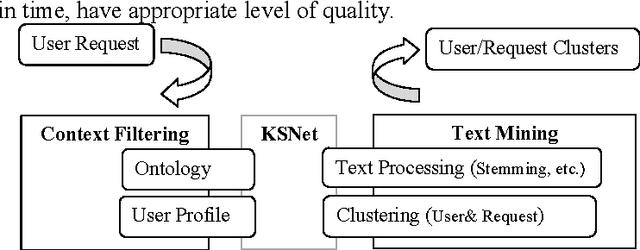
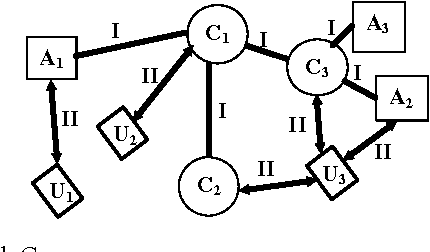
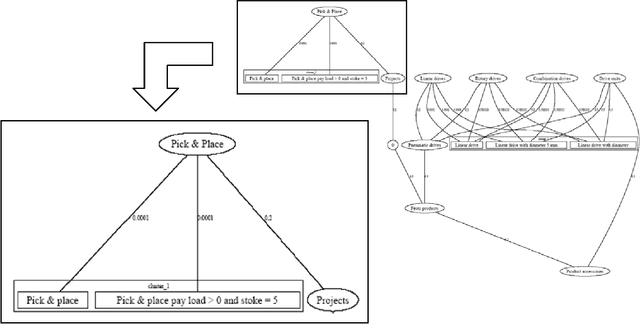
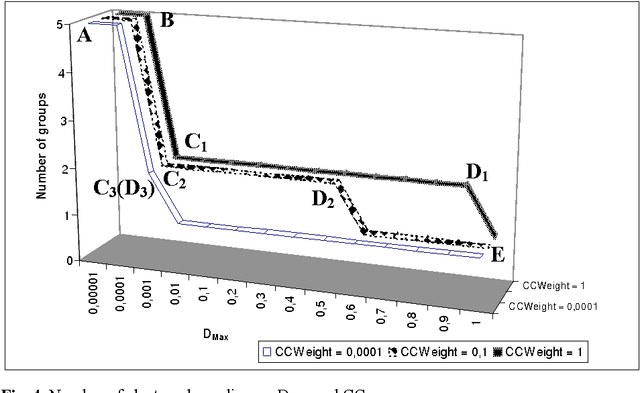
Abstract:Customer Service Management is one of major business activities to better serve company customers through the introduction of reliable processes and procedures. Today this kind of activities is implemented through e-services to directly involve customers into business processes. Traditionally Customer Service Management involves application of data mining techniques to discover usage patterns from the company knowledge memory. Hence grouping of customers/requests to clusters is one of major technique to improve the level of company customization. The goal of this paper is to present an efficient for implementation approach for clustering users and their requests. The approach uses ontology as knowledge representation model to improve the semantic interoperability between units of the company and customers. Some fragments of the approach tested in an industrial company are also presented in the paper.
* 15 pages, 4 figures, published in Lecture Notes in Computer Science
 Add to Chrome
Add to Chrome Add to Firefox
Add to Firefox Add to Edge
Add to Edge